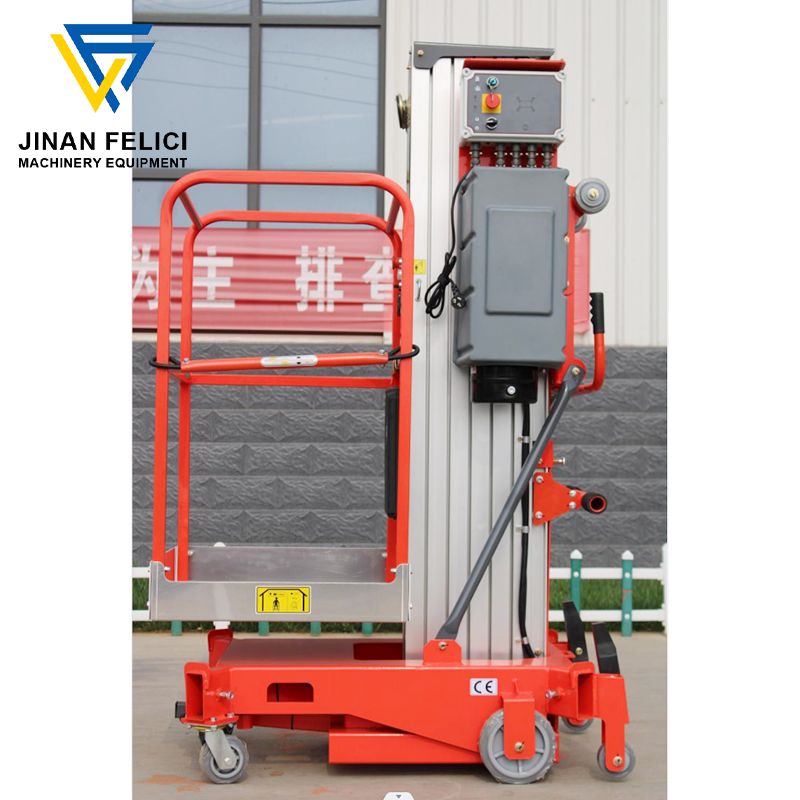What are the parts of aerial work platform?
Aerial work platforms (AWPs), also known as aerial lifts or cherry pickers, are versatile machines used to access elevated work areas safely. They consist of several essential components, each playing a crucial role in the platform's functionality and safety. Here are the main parts of an aerial work platform:
Base or Chassis:
The base or chassis is the lower part of the AWP that provides stability and mobility. It includes wheels or tracks for movement, an engine or power source, and the controls for driving and steering the platform.
Boom or Mast:
The boom or mast is the primary lifting mechanism of the Construction aerial work platform It extends vertically and, in some models, can also articulate horizontally. Different types of booms include telescopic booms for extended reach and articulating booms for increased flexibility.
Platform or Basket:
The platform or basket is where operators stand or sit to perform their work. It is typically surrounded by guardrails or safety features to prevent falls. The platform may have controls for lifting, lowering, and tilting, as well as tools and equipment storage.
Controls:
AWP controls are located in the platform and often on the base as well. They allow the operator to maneuver the platform, raise or lower the boom, and perform other necessary functions. Common controls include joysticks, switches, and buttons.

Hydraulic System:
A hydraulic system is responsible for raising and lowering the platform and extending or retracting the boom. It uses hydraulic fluid and a pump to generate the force needed for these movements.
Stabilizers or Outriggers:
Some AWPs are equipped with stabilizers or outriggers, which are extendable supports that provide extra stability when the platform is in use. They are essential for preventing tipping and maintaining balance, especially on uneven surfaces.
Safety Features:
Safety features are integral parts of any AWP. These include guardrails, emergency stop buttons, fall protection systems, and interlocks that prevent unsafe operation. Safety features are crucial for protecting the operator and those working around the AWP.
Electrical or Power Source:
Depending on the AWP type, it may be powered by electricity, diesel, gasoline, or other energy sources. The power source provides energy to operate the lift, drive the machine, and sometimes power tools or equipment in the platform.
Emergency Systems:
In case of an emergency, AWPs are equipped with systems to ensure the safety of operators and others in the vicinity. These may include emergency descent systems, backup power sources, and alarm systems.
Diagnostic and Monitoring Systems:
Modern AWPs often come with diagnostic and monitoring systems that provide information about the machine's condition, maintenance needs, and operational status. These systems help ensure the safe and efficient use of the AWP.
Transportation and Towing Components:
Some AWPs are designed to be easily transported to job sites. These machines may have towing components like hitch receivers or tie-down points to secure them during transportation.
Optional Accessories:
AWPs can be customized with a range of optional accessories, such as tool trays, lighting, air compressors, or generators, to meet the specific needs of the job.
Manuals and Documentation:
All AWPs should come with operation and maintenance manuals, providing essential information about safe operation, maintenance procedures, and troubleshooting.
It's crucial for operators and maintenance personnel to be well-trained in the safe and proper use of aerial work platforms, understanding each component's function and how to perform routine inspections and maintenance to ensure safe and efficient operation.


